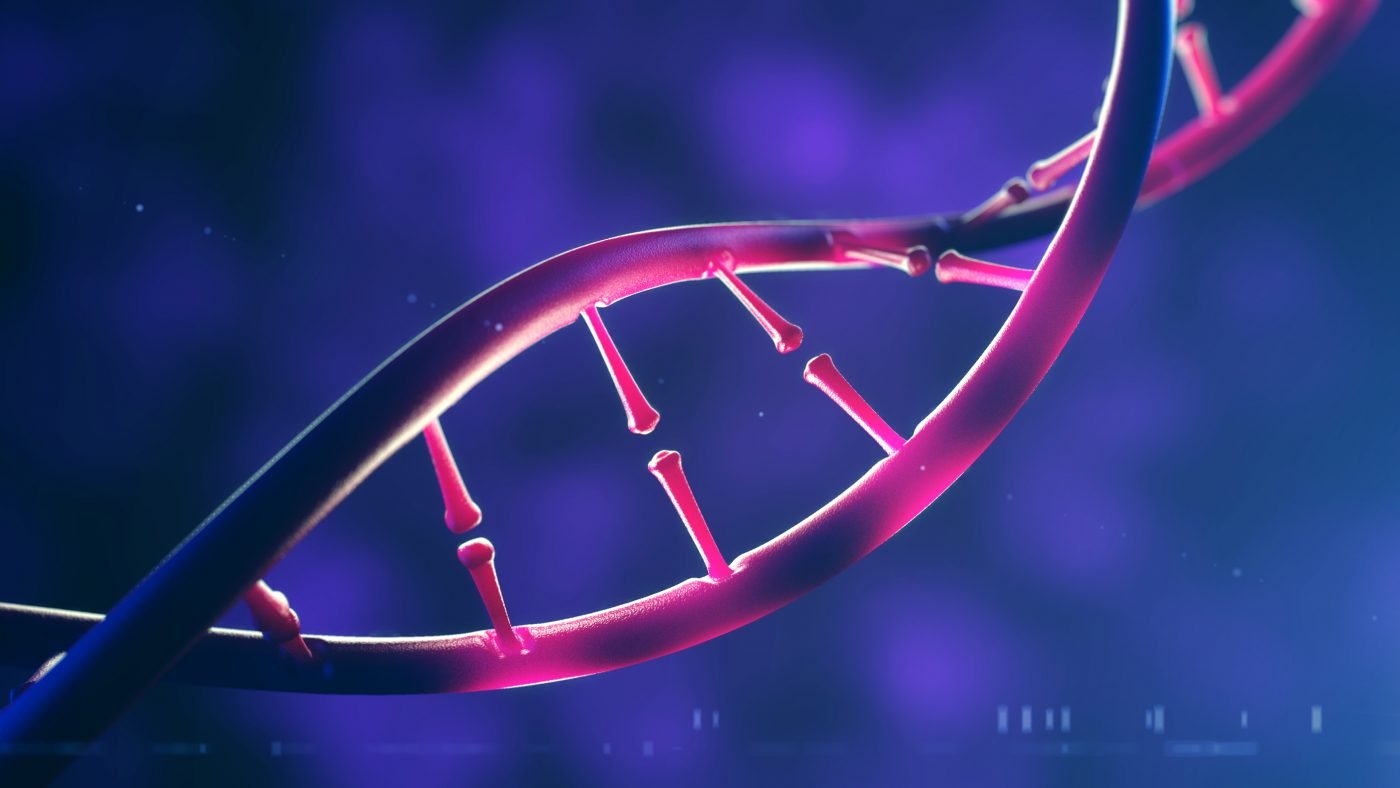Damage to Nuclear DNA Shown to Correlate with Huntington’s Duration, Patient’s Ability to Function

The level of damage present in the DNA inside the cell nucleus — called nuclear DNA — correlates with disease duration and functional capacity in patients with Huntington’s disease, suggesting its potential use as a disease biomarker, a new study shows.
The study, “Increased nuclear DNA damage precedes mitochondrial dysfunction in peripheral blood mononuclear cells from Huntington’s disease patients,” was published in the journal Nature Scientific Reports.
Huntington’s disease is a neurodegenerative disorder caused by an inherited mutation in the huntingtin gene (HTT), resulting in the production of a mutant HTT (mHTT) protein. The mHTT protein has been found to affect several cellular processes that ultimately result in cell death.
Although neurological symptoms are the main consequence of the disease, mHTT has detrimental effects on other tissues as well. Alterations in mitochondria — cells’ energy powerhouses — are well-documented in Huntington’s disease. Blood cells from Huntington’s patients are characterized by high levels of proteins that instruct cells to die and by reactive oxygen species — chemical compounds indicative of dysfunctional mitochondria.
Mouse models of Huntington’s disease also display mitochondrial aberrations.
Researchers used blood cells from Huntington’s patients to analyze mitochondrial function, namely oxidative metabolism — the process used to generate energy — and found these cells had lower expression of genes associated with mitochondrial energy production. Gene expression is how a gene is synthesized to create a working product, such as a protein.
People have two types of DNA: nuclear DNA, present within the nucleus of cells and containing most of our genome; and mitochondrial DNA, which contains a small portion of specific genes.
Levels of mitochondrial DNA damage were lower in Huntington’s patients when compared to a healthy control group. In contrast, these patients had significantly more nuclear DNA damage compared to the control group.
“These results suggest that mtDNA [mitochondrial DNA] is relatively spared in HD compared to nDNA [nuclear DNA], and thus damaging events in the two cellular genomes are independent,” researchers wrote.
The level of nuclear DNA damage ran inverse to total functional capacity (TFC) score, a scale used to assess a patient’s ability to work, handle finances, do household chores and self care, and live independently. The TFC scale ranges from 13 (normal) to 0 (severe disability).
This suggests that the level of nuclear DNA damage correlates with clinical symptoms. “The correlation between the clinical score and DNA damage indicates that mHTT has a powerful systemic impact on DNA integrity in HD,” the researchers wrote.
“We discovered that [nuclear] DNA damage in [blood cells] correlates with duration of disease as well as TFC score,” they aded.
“[Blood cells] provide an easy, accessible source that has a promising potential to be used in the future follow-up of patients, to monitor therapeutic interventions.”






